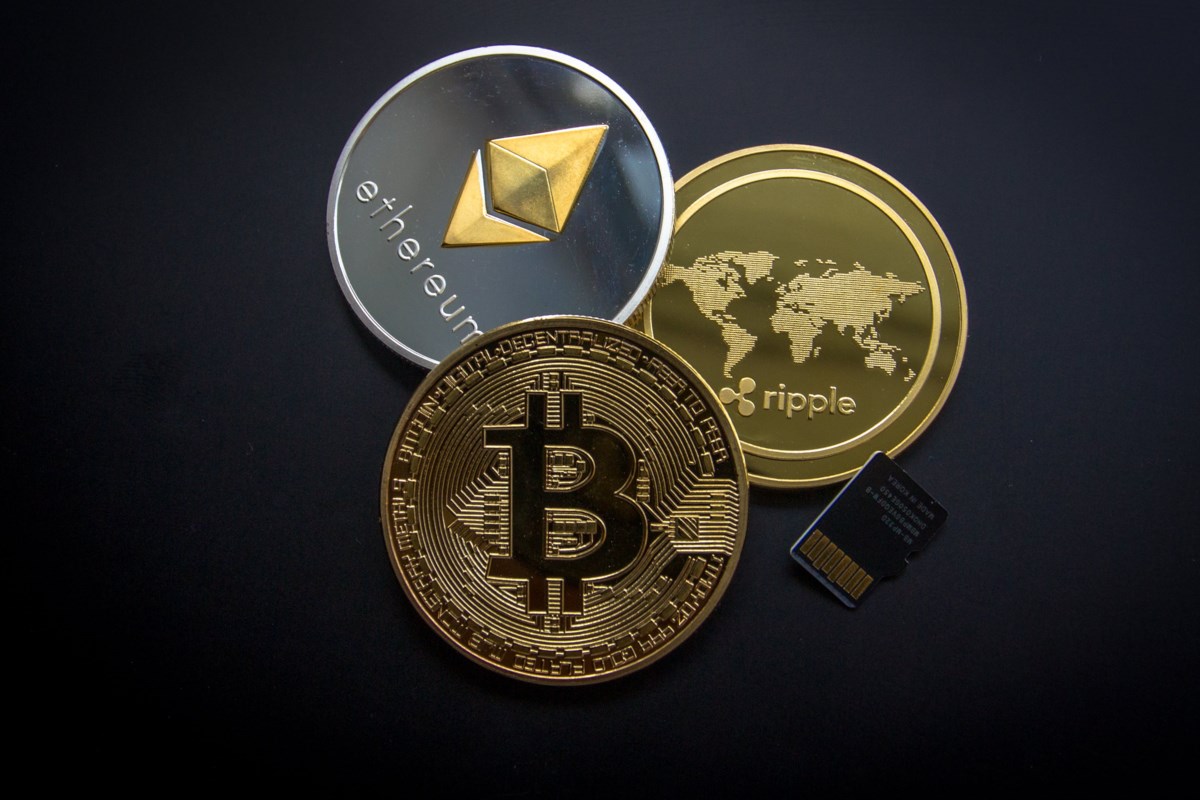In this guide, we will show you how to properly protect your crypto in 2023.
Imagine you have a wallet full of cash. Now, if you walk around with your wallet wide open, exposing your hard-earned money, it becomes an easy target for pickpockets. In the same way, having cryptocurrencies without properly securing them is akin to inviting digital thieves to come and get them. This is a chance that no cyber attacker will miss.
Keeping your cash in a secure wallet, tucked into your coat pocket and zipped up, adds a layer of protection. Similarly, the use of hardware devices or a secure and encrypted wallet for your multi-currency account ensures that it is not easily accessible to online thieves. In this guide, we will show you how to properly protect your crypto in 2023.
Choose a reliable wallet
Just like a physical wallet for holding fiat cash, crypto wallets are indispensable when it comes to storing and managing your digital assets. With the growing influence of cryptocurrencies, the number of crypto wallet types has increased significantly. For newcomers, navigating the vast sea of choices can be challenging and overwhelming.
There are two main types of crypto wallets:
Hot wallets
Because they are connected to the Internet, hot wallets are ideal for frequent transactions and those who need to access their funds quickly. These types of wallets are suitable if you intend to hold smaller amounts of crypto. They can come in the form of:
Desktop Wallets Mobile Wallets Online Wallets Exchange Wallets
The biggest advantage of hot wallets is that they are completely free. All you have to do is register and make sure you keep your private keys safe.
Cold wallets
Unlike hot wallets, their cold counterparts are isolated from the internet and represent a form of offline storage. A cold wallet can be any hardware, from a USB drive to a CD, hard drive, paper or an offline computer, often referred to as Air-gapped. The most common types of cold wallets are:
Paper Wallets Hardware Wallets Sound Wallets Deep Cold Storage Offline Software Wallets
This type of storage is better suited for those with large amounts of cryptocurrency. They are a little more complex than hot wallets, so you won’t be able to transfer funds right away.
Instead, the best practice is to take a portion of your crypto out of cold storage and transfer it to a hot wallet when transactions are made.
Keep your software updated
If you use wallet software, it is essential to update it regularly. The same applies to related applications.
Each update contains security fixes that address the vulnerabilities of previous versions. Without regular updates, your software will not have the latest security measures installed, leaving room for cyber attackers to exploit vulnerabilities in your security network.
Your computer, laptop or smartphone, whatever you use to access your digital wallet, is equipped with an internal security suite. It prevents viruses, malware, adware, ransomware and other online threats from entering your system.
Updates are important as they keep your devices safe from the latest hacking techniques called zero malware. By keeping your software up to date, you eliminate the risk of hackers exploiting unknown and unprotected vulnerabilities in your system.
Use strong passwords
Using strong passwords is a fundamental measure to protect your crypto assets stored on hardware or software devices. Passwords are typically the first line of defense against third parties trying to gain unauthorized access to your digital wallets and accounts.
Your passwords should be as long as possible and contain a combination of capital letters, numbers and symbols. This is especially useful against brute-force attacks, an advanced script coded to systematically try every possible combination until the right one is found. Increasing the complexity of your password is a good way to make your accounts resistant to brute force attacks.
Enable two-factor authentication
The introduction of two-factor authentication (2FA) can significantly contribute to the security of your cryptocurrencies. This adds an extra layer of protection, making it more challenging for the attackers to gain access to your funds.
This is especially useful if the attacker has obtained your password. They could not complete the login process without the unique code generated by a mobile app or sent via SMS. There are different types of 2FA you can use. In addition to the mentioned one-time code and SMS, you can also include email verifications or hardware tokens.
Stay away from phishing scams
Phishing scams are the oldest hacking trick in the book. Cyber attackers use fraudulent tickets to trick users into sharing their personal information, credentials or bank details. There are several types of phishing scams, two of which are the most common – impersonation and email phishing.
Attackers can use fake emails and messages or create websites to impersonate legitimate ones. Because of the visual similarities, victims often unknowingly share their details, giving hackers access to their email, social media, online banking or crypto wallet accounts.
Another way is to send emails that look legitimate, often containing urgent messages, fake invoices or requests for personal information, mostly credit card details. Such emails typically have malware attached, which allows hackers to gain unauthorized access to your online bank account or crypto wallet.
For this reason, it is advisable for crypto owners to remain vigilant and cautious about unsolicited communications. Always verify the source or the legitimacy of the request to avoid becoming a victim of cyber attackers.
Closure
Keeping your funds safe is one of the most important aspects of crypto; otherwise you risk losing them all. Knowing how to store cryptocurrencies greatly reduces the risk of becoming a victim of crypto thieves. There are several methods to protect your crypto wealth, starting with a secure and reliable crypto wallet.
Whether you choose hot or cold wallets should depend on the amount you store and the frequency of your transactions. Remember to keep your software updated, use strong passwords and 2FA. Finally, only visit legitimate websites and only work with verified sources. In this way, you will increase the security of your cryptocurrency and minimize the chances of becoming a hacker victim.
Disclaimer for Uncirculars, with a Touch of Personality:
While we love diving into the exciting world of crypto here at Uncirculars, remember that this post, and all our content, is purely for your information and exploration. Think of it as your crypto compass, pointing you in the right direction to do your own research and make informed decisions.
No legal, tax, investment, or financial advice should be inferred from these pixels. We’re not fortune tellers or stockbrokers, just passionate crypto enthusiasts sharing our knowledge.
And just like that rollercoaster ride in your favorite DeFi protocol, past performance isn’t a guarantee of future thrills. The value of crypto assets can be as unpredictable as a moon landing, so buckle up and do your due diligence before taking the plunge.
Ultimately, any crypto adventure you embark on is yours alone. We’re just happy to be your crypto companion, cheering you on from the sidelines (and maybe sharing some snacks along the way). So research, explore, and remember, with a little knowledge and a lot of curiosity, you can navigate the crypto cosmos like a pro!
UnCirculars – Cutting through the noise, delivering unbiased crypto news















